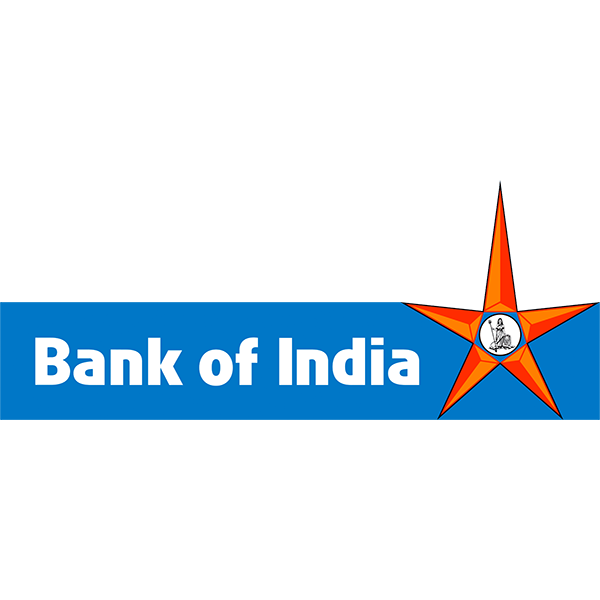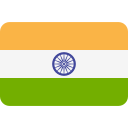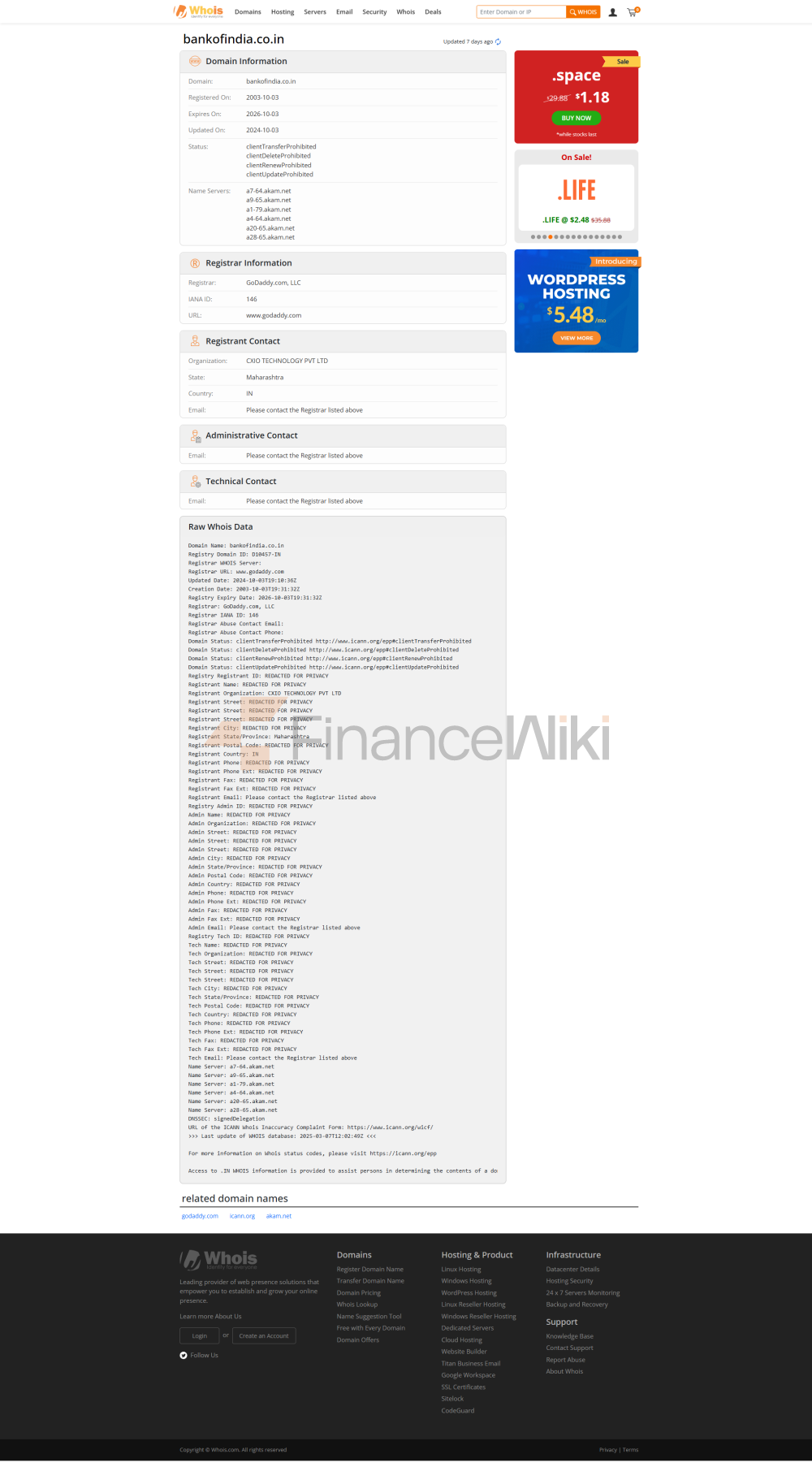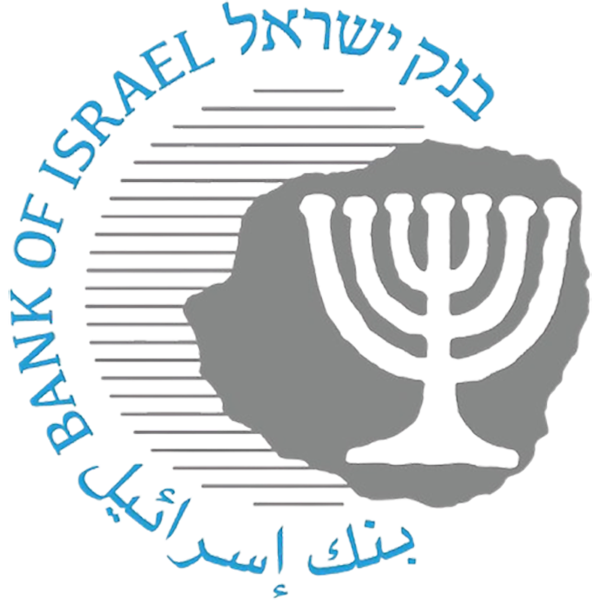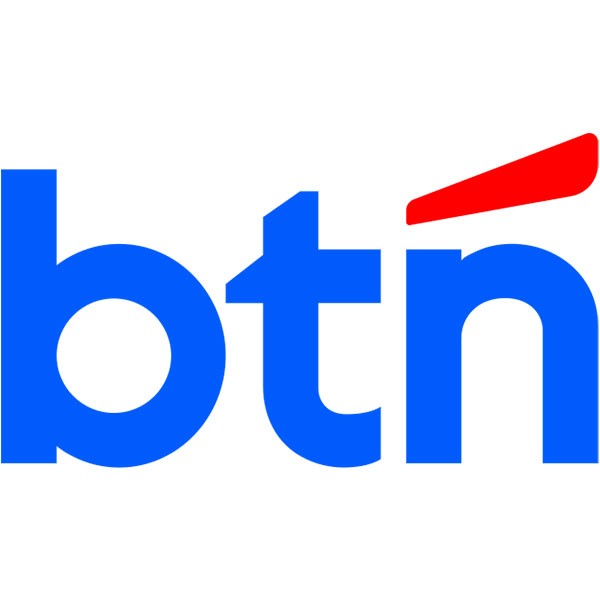Bank of India (BOI) is one of the pillars of India's financial system and since its inception in 1906, it has become a benchmark for public banks in India due to its long history, extensive service network and commitment to social responsibility. As a state-owned bank, Bank of India serves both urban and rural residents and international customers through its innovative financial products, robust digital platform and focus on customer service. This article will provide insights into the characteristics and advantages of Indian banks in terms of institutional profile, financial health, products and services, fee structure, digital experience, customer service quality, security measures, unique services and market position, etc., to provide in-depth insights to potential clients and researchers.
Institutional Overview and BackgroundBank
of India was established on September 7, 1906 and is headquartered at Bandra Kurla Complex, Star House, C-5, G Block, Mumbai. One of the oldest banks in India, it was founded by a group of prominent businessmen and became one of the first banks to be nationalized in 1921. The bank is wholly owned by the Government of India and is listed on the Bombay Stock Exchange (BSE) and the National Stock Exchange (NSE) under the ticker symbol 532149. Major shareholders include the Government of India, institutional investors, and public shareholders.
Bank of India has a nationwide presence of services and as of 2024, it has about 5,100 branches in both urban and rural areas and offers more than 5,500 ATMs through the LankaPay network, ensuring easy access to and from customers across the country. The bank also has branches in more than 20 countries, including the United States, the United Kingdom, Singapore, Japan, and Hong Kong, serving non-resident Indians (NRIs) and international customers. Bank of India has further expanded its financial portfolio through its subsidiaries such as BOI Shareholding Ltd. and BOI AXA Investment Managers, which provide asset management, insurance and investment services.
Banks are regulated by the Reserve Bank of India (RBI) and are subject to the Banking Act and related regulations. Its deposits are protected by the Deposit Insurance and Credit Guarantee Corporation (DICGC) and each depositor is compensated up to Rs 500,000. In 2024, banks did not report material compliance issues, demonstrating their solid performance in terms of regulatory compliance.
Historical BackgroundThe
establishment of the Bank of India marked the beginning of the modernization of the banking sector in India. Founded in 1906 by business leaders in Mumbai to provide financial support to local businesses and individuals. In 1921, banks were nationalized and became an important tool for the Indian government to promote financial inclusion. In the 20th century, banks strengthened their market position by expanding branch networks and introducing innovative products such as credit cards and online banking. In 2006, the bank celebrated its 100th anniversary with a number of digital initiatives. In 2019, the Bank of India supported the digital transformation of India's economy through partnerships with the government and the private sector, particularly in rural areas.
Financial HealthBank
of India is in a strong financial position with the following key indicators for 2024:
- Capital adequacy ratio: approximately 15.36%, in line with Basel III requirements, indicating that it has sufficient capital to cover potential risks.
- Non-performing loan ratio: The gross non-performing loan ratio was approximately 7.16% and the net non-performing loan ratio was approximately 1.79%, which was lower than the industry average and reflected the improvement in asset quality.
- Liquidity Coverage Ratio: Approximately 124.5%, indicating that banks have sufficient liquidity to meet short-term needs.
- Total assets: Approximately Rs.14.7 trillion, up about 10% YoY.
- Net Profit: Approximately Rs.144 crore in Q1 2024, up about 57% YoY.
- Total revenue: Approximately Rs.15.4 billion in Q1 2024, up approximately 9% YoY.
Deposits &
LoansDeposit ProductsBank
of India offers a wide range of deposit products to meet the needs of individual and corporate customers:
- Demand Deposits: including ordinary savings accounts and electronic savings accounts (E-Save), which support unlimited deposits and withdrawals, SMS alerts and mobile banking services. The minimum deposit requirement is INR 1000 and the interest rate is around 2.85%-3.00% (subject to bank confirmation).
- Fixed Deposits: Deposit tenors of 1 month to 10 years are available, and the interest rate depends on the amount and term, e.g. 3.00% for 7 days to 45 days, 6.50%-7.00% for 1 to 3 years, and 7.25% for more than 3 years (2024 data, to be confirmed).
- Featured products: including a children's savings account (BOI Star Yuva) and a senior savings account (with higher interest rates and priority services) that require bank advice for specific interest rates.
Loan ProductsThe
bank offers a variety of loan products to meet the needs of retail and corporate customers:
- Mortgage: supports the purchase of a house, the construction or renovation of a house, with a term of up to 30 years, and an interest rate of about 8.30%-10.50% (variable interest rate, to be confirmed). The loan-to-value (LTV) ratio is up to 90%, and applicants are required to provide proof of identity and income.
- Car loan: used for the purchase of a new or used car with a term of up to 7 years and an interest rate of about 8.85%-10.25% (to be confirmed).
- Personal loan: for personal consumption needs, such as education or medical care, with a term of up to 7 years and an interest rate of about 10.25%-12.25% (to be confirmed).
- Corporate loans: Includes lines of credit, short-term and medium-term loans, with interest rates determined based on market conditions and the company's credit rating.
- Flexible repayment options: The bank supports early repayment and partial early repayment, allowing customers to adjust their repayment plans according to their financial situation and reduce interest expenses.
Proof of identity (e.g. Aadhaar card or passport) and proof of income are required for loan approval, which meets anti-money laundering requirements.
List of Common FeesBank
of India's fee structure is transparent, but specific fees need to be enquired by phone (1800 103 1906) or branches. Common fees include:
- Account Management Fee: A minimum balance (e.g. INR 1,000) is required for a regular savings account, and a monthly fee of ₹50-100 may be charged if the target is not met.
- Transfer fee: Domestic transfers are usually free of charge through NEFT/RTGS, and cross-border transfer fees are about 0.5%-1% (to be confirmed).
- Overdraft Fees: Overdrawn accounts may incur interest charges, the exact amount of which is subject to the Account Terms.
- ATM Interbank Withdrawal Fee: Non-Indian banks may charge a fee of INR 20-25 per ATM withdrawal.
- Hidden Fee Alert: Clients should read the account terms carefully and be aware of minimum balance requirements, unused account maintenance fees, or other potential fees.
Digital Service ExperienceBank
of India provides modern financial services through the "BOI Mobile" mobile app (available for iOS and Android) and online banking platform. Core features include
:- Account Management: View balances, transaction history, and credit card information.
- Real-time transfers: Support domestic and cross-border transfers in rupees and other currencies (SWIFT code: BKIDINBB).
- Bill Payment: Pay phone bills, electricity bills, and more online.
- Investment Tool Integration: Support for fixed deposits and investment management.
Quality of Customer
ServiceBank of India provides a diverse range of customer service channels to ensure that customers receive timely support:
- Service channels: 24/7 contact centre (1800 103 1906, international customers dial +91 22 4091 9191), email (headoffice.csd@bankofindia.co.in), platform X ([@BankofIndia_IN] (https://x.com/BankofIndia_IN)) and around 5,100 branches.
- Complaint handling: Clients can submit complaints via the contact form on the official website, and unresolved issues can be escalated to the Customer Service Department or the Financial Ombudsman. Complaint rate, average resolution time, and satisfaction data are not publicly available, but the process is in line with RBI regulatory requirements.
- Multi-language support: Services are primarily available in English and Hindi, with the possibility of supporting other Indian languages such as Tamil and Bengali, and cross-border customers can consult for support in other languages.
Security Measures
: Funds are
secured by DICGC with a maximum compensation of Rs 500,000. Banks use real-time transaction monitoring, multi-factor authentication (MFA) and biometrics to prevent fraud, emphasizing that customers will not be asked for passwords or PINs via phone calls, text messages or emails.
Data securitySSL
encryption, firewalls, and regular security audits are used for online banking and mobile applications. The bank is ISO 27001:2013 certified to ensure data security in line with international standards. As of 2025, no major data breaches have been reported.
Featured Services & DifferentiationBank
of India differentiates itself through segmented services and community engagement:
- Student Accounts: BOI Star Yuva accounts are fee-free, encourage young people to develop savings habits, provide free ATM withdrawals and financial education.
- Savings Accounts for Seniors: Higher interest rates (0.5%-0.75% additional for fixed deposits), priority services and health insurance benefits for customers over the age of 60.
- Green financial products: Supporting renewable energy and energy-saving projects, such as solar loans, in line with India's Sustainable Development Goals.
- High Net Worth Services: Private banking services offer a dedicated relationship manager and customised wealth management solutions with a minimum investment of Rs.50 million.
- Community Engagement: Demonstrate social responsibility through education funding, rural development, and environmental protection projects, such as supporting rural financial literacy and green agriculture.
Market Position & Accolades
Bank of India is the leading public bank in India with total assets of about Rs.14.7 trillion in 2024, ranking among the top five public banks in India. Banks are prominent in retail banking, corporate banking, and international banking, with retail loans accounting for about 40% of total loans in 2024. The bank has won several "Best Public Bank" awards and has been recognized for its digital innovation and financial inclusion, such as "Best Financial Services" and "Best Rural Banking Service".
Looking
ahead, Bank of India will continue to drive digital transformation and plan to solve the challenge of 30% of India's population not having access to banking services through fintech. In 2025, the bank will further expand its service network, enhance customer experience, and strengthen its leadership in green finance and financial inclusion.
